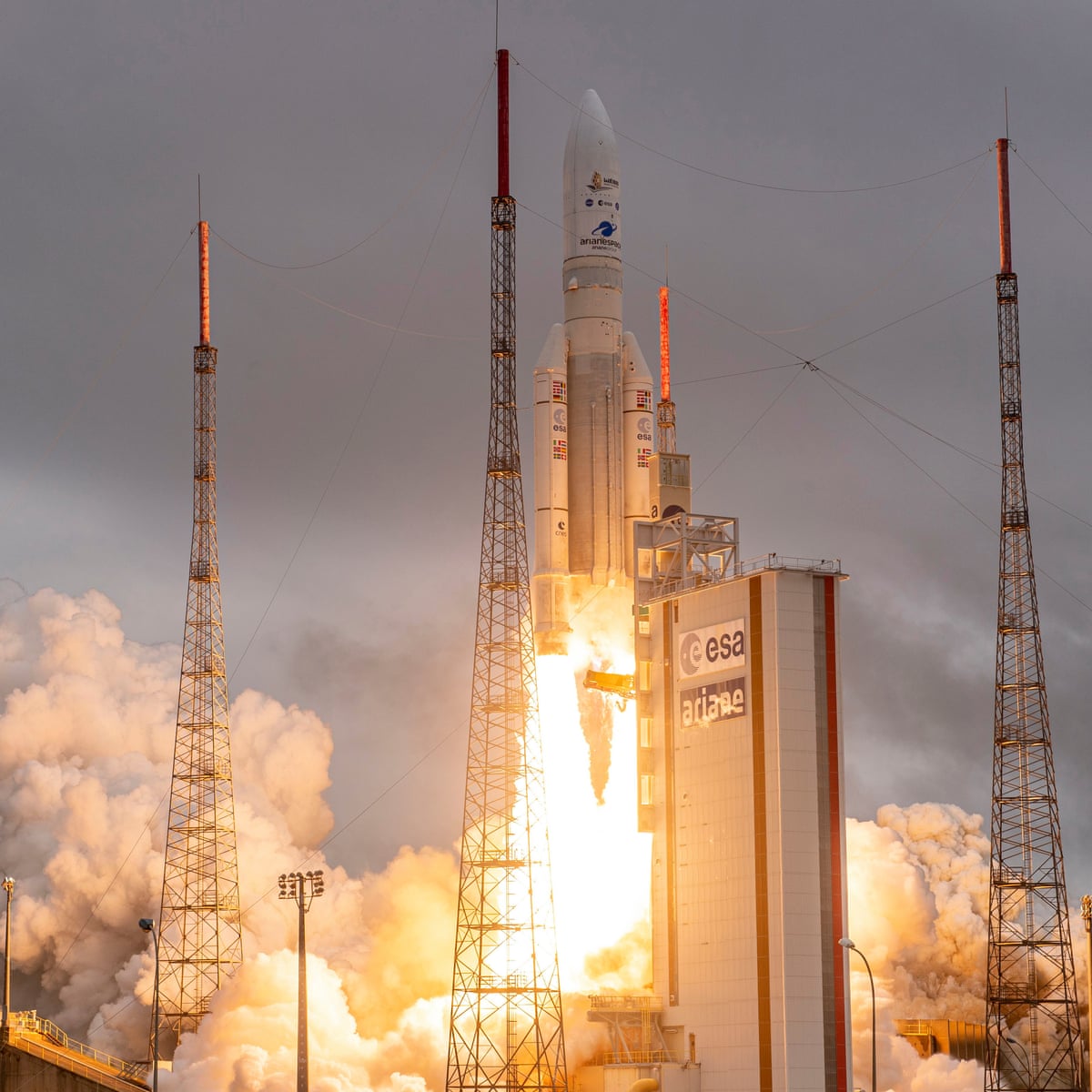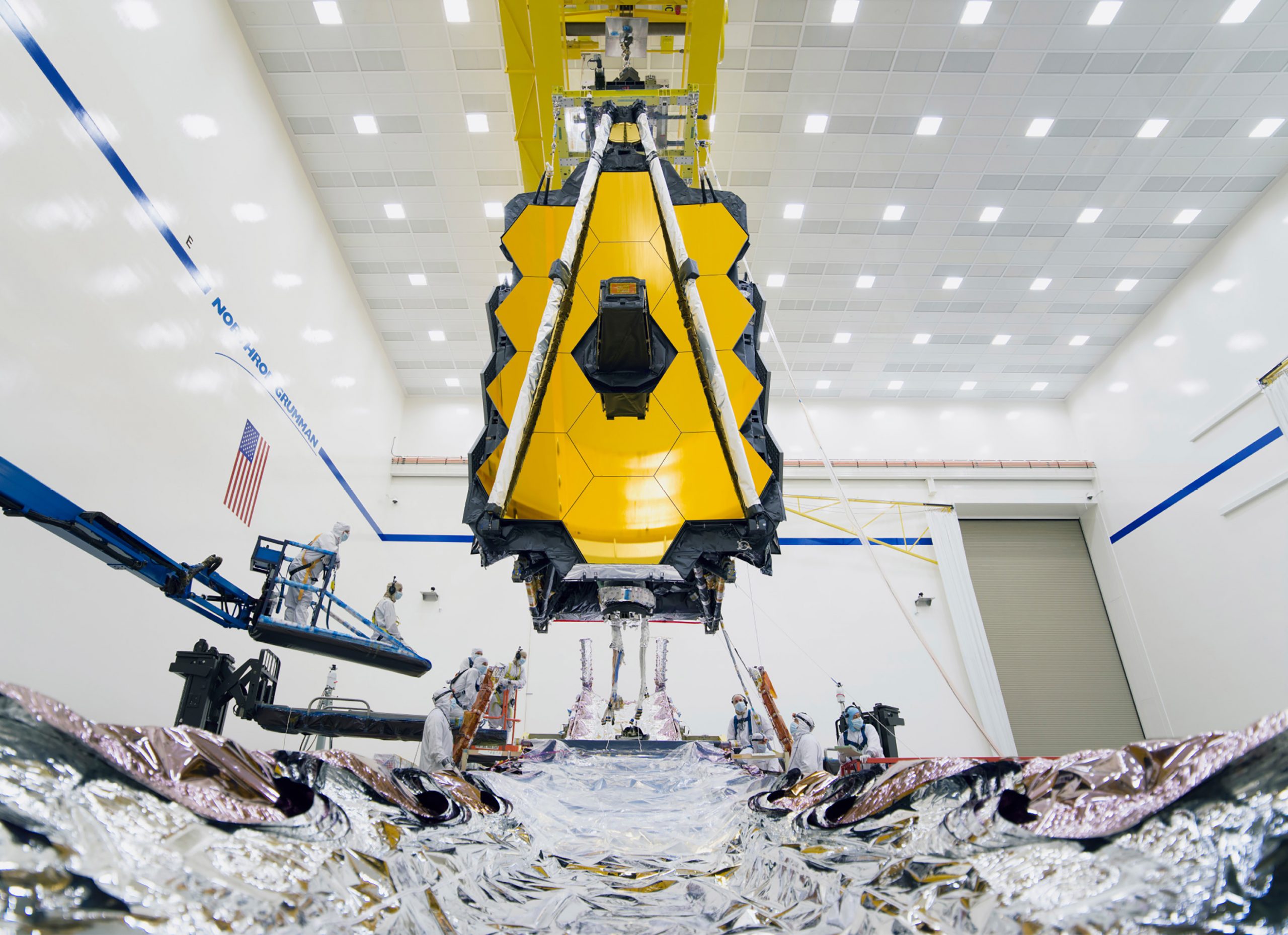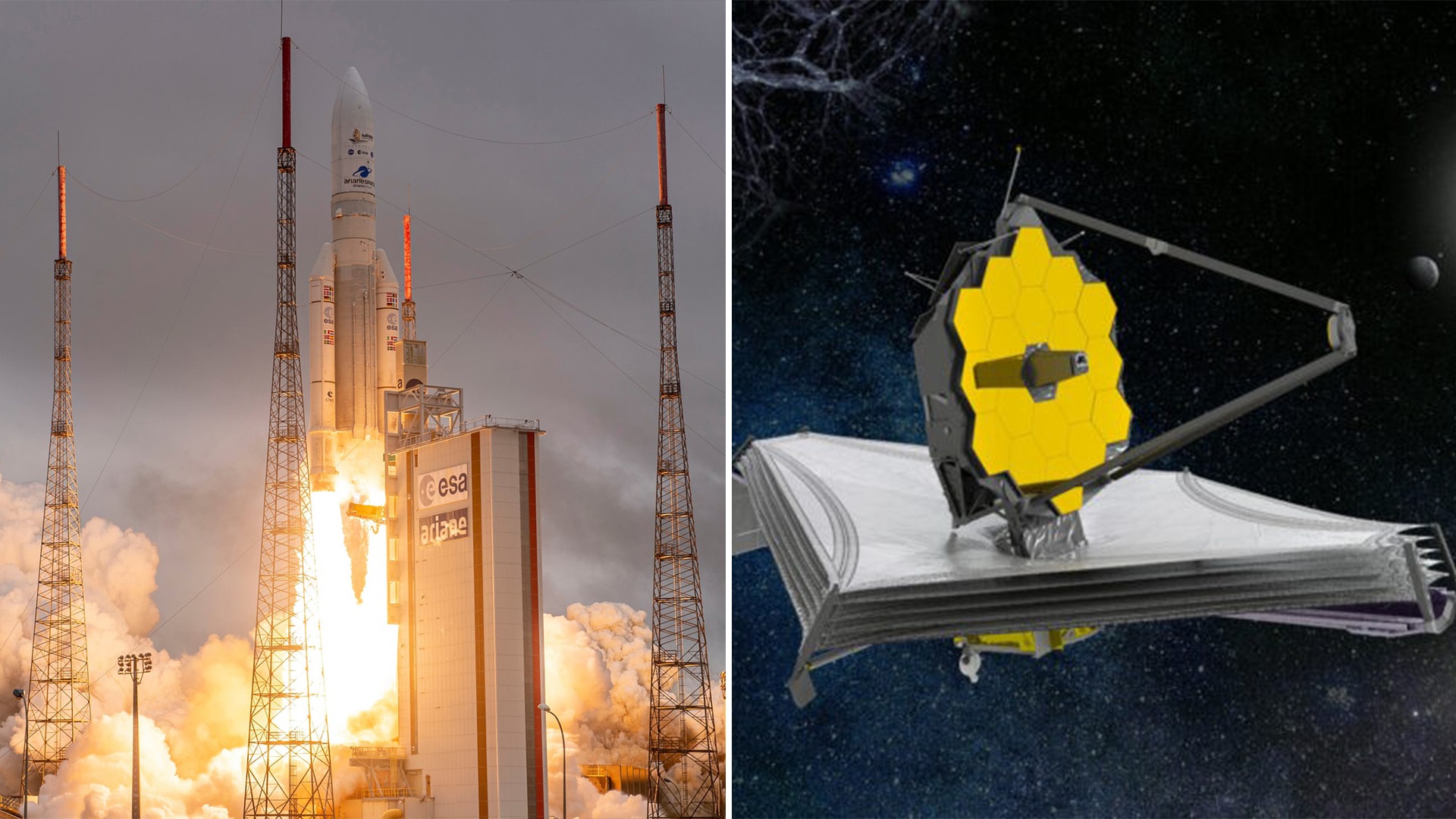The James Webb Space Telescope, the world’s biggest and most powerful telescope to date, was launched into orbit by NASA on Saturday. After more than 30 years of research and several delays, the launch heralded the long-awaited commencement of the Webb telescope’s mission.
The $10 billion telescope, which will succeed the famed Hubble Space Telescope, will examine the universe’s early days, around 100 million years after the Big Bang when the first stars appeared in the cosmos.
At 7:20 a.m. ET, the tennis court-sized observatory launched from a European spaceport in Kourou, French Guiana, atop an Ariane 5 rocket. The launch of the observatory has been delayed numerous times, most recently earlier this month due to a defective data connection and more recently due to adverse weather at the South American launch location.
Here it is: humanity’s final look at @NASAWebb as it heads into deep space to answer our biggest questions. Alone in the vastness of space, Webb will soon begin an approximately two-week process to deploy its antennas, mirrors, and sunshield. #UnfoldTheUniverse pic.twitter.com/DErMXJhNQd
— NASA (@NASA) December 25, 2021

After reaching space, the telescope will embark on a terrifying month-long voyage to its allotted orbit around the sun, which is more than a million miles from Earth.
Key sections of the observatory that were folded up to fit within the rocket will need to unfold in space as Webb travels to its ultimate destination. When the telescope’s big gold-coated main mirror unfolds and its gigantic multilayered sunshield is stretched out five days after launch, some of the most nerve-wracking acrobatics will take place.
NASA dubbed the perilous, meticulously orchestrated operations “29 days on the edge” because they are so difficult and need such accuracy.
“In the first month following launch, we have around 50 deployments to get right,” Greg Robinson, the Webb telescope’s program director at NASA, told NBC News earlier this month. “The first two or three weeks will be pleasant anxiety,” says the author.
The main mirror of the Webb telescope is more than 21 feet broad, making it the biggest in space. Webb has the sensitivity to view celestial objects that were previously undetected because to the mirror’s size, which dwarfs that of Hubble and other current space telescopes.
“The more distant something is, the fainter it looks. So the larger the mirror, the fainter the thing you can see,” said Marcia Rieke, an astronomer at the University of Arizona and principal investigator of one of Webb’s four main instruments. “The other thing is that the larger the mirror, the finer the detail you can see.”
Telescopes are basically time machines since light takes time to travel across space. This implies that as Webb examines light from the universe’s most distant galaxies, the telescope is really viewing the universe billions of years ago.

This telescope is meant to “see” beyond the range of the human eye and other telescopes that are designed to view mostly visible light. It is the largest telescope ever built. With its infrared vision, the Webb Space Telescope can see past thick veils of cosmic gas and dust, enabling it to see astronomical objects that would otherwise be undetectable to other observatories in the visible spectrum.
Aside from that, Webb’s detectors are sensitive enough to detect the atmospheres of exoplanets, analyze their chemical makeup, and determine whether or not they potentially harbor alien life.
We could potentially discover an exoplanet whose atmosphere’s composition, or the collection of molecules that make up its atmosphere is strikingly similar to our own. “It is theoretically possible that we could discover an exoplanet whose atmosphere’s composition, or the collection of molecules, is strikingly similar to our own,” said Rieke. “It would be really incredible if we were able to do it.”
However, before Webb can start collecting data or taking pictures of the universe, it must go through a six-month commissioning process to calibrate its equipment and examine the health of its many components.
Mission controllers will finally be able to breathe a sigh of relief if everything checks out.
“Until it is completely commissioned, our blood pressure will be high and our hearts will be racing,” Daniel Neuenschwander, head of space transportation at the European Space Agency, one of NASA’s international partners for the Webb telescope, said.
After then, Robinson added, it is anyone’s guess what Webb will find.
“I am interested in seeing what is out there,” he remarked. “How did we get here? What is our position in the cosmos? These are the kinds of topics I am interested in studying.”

